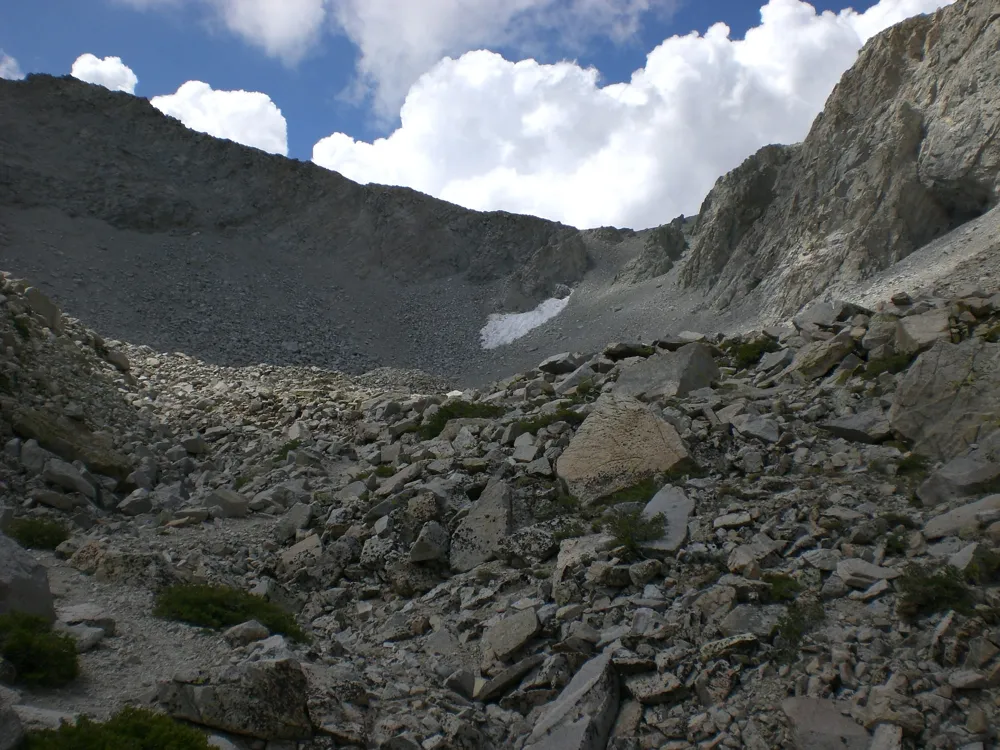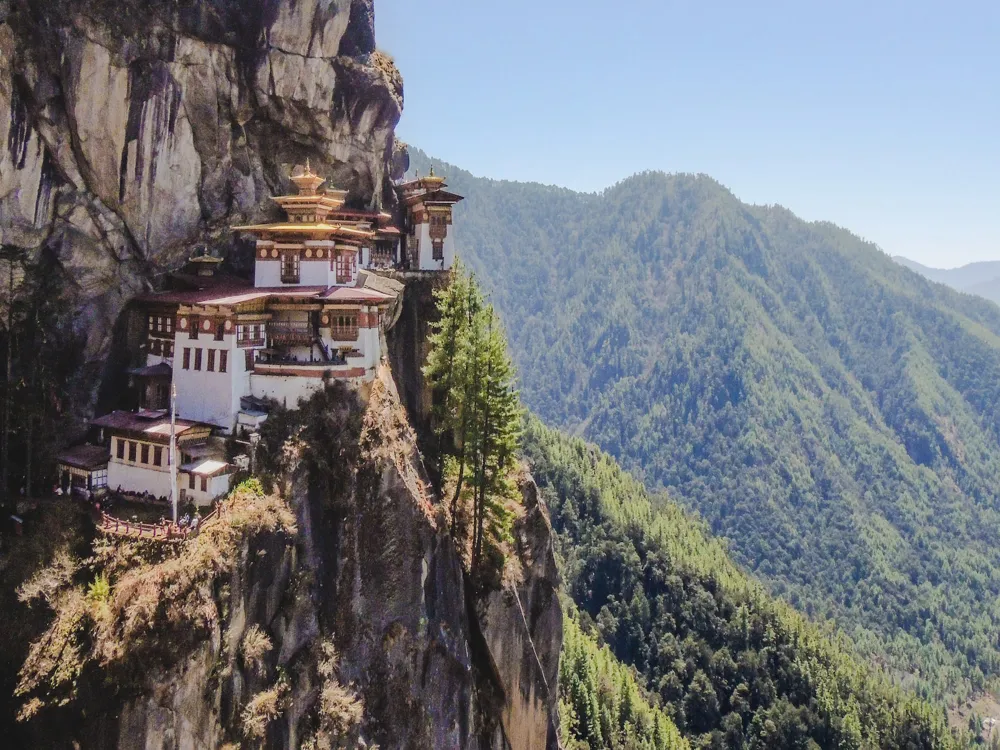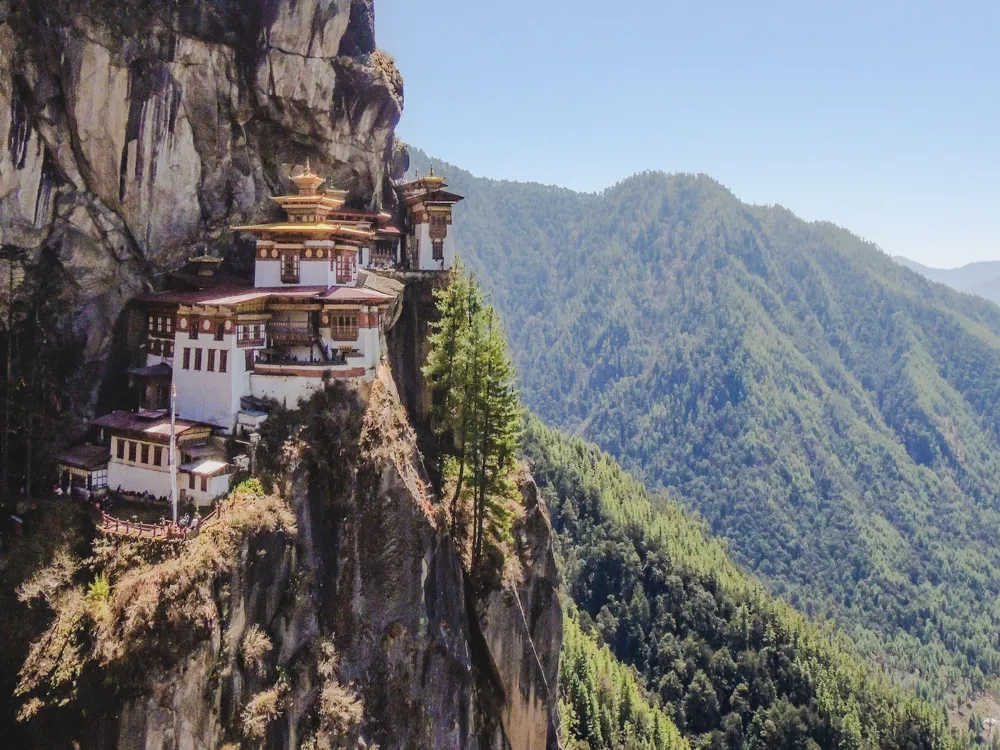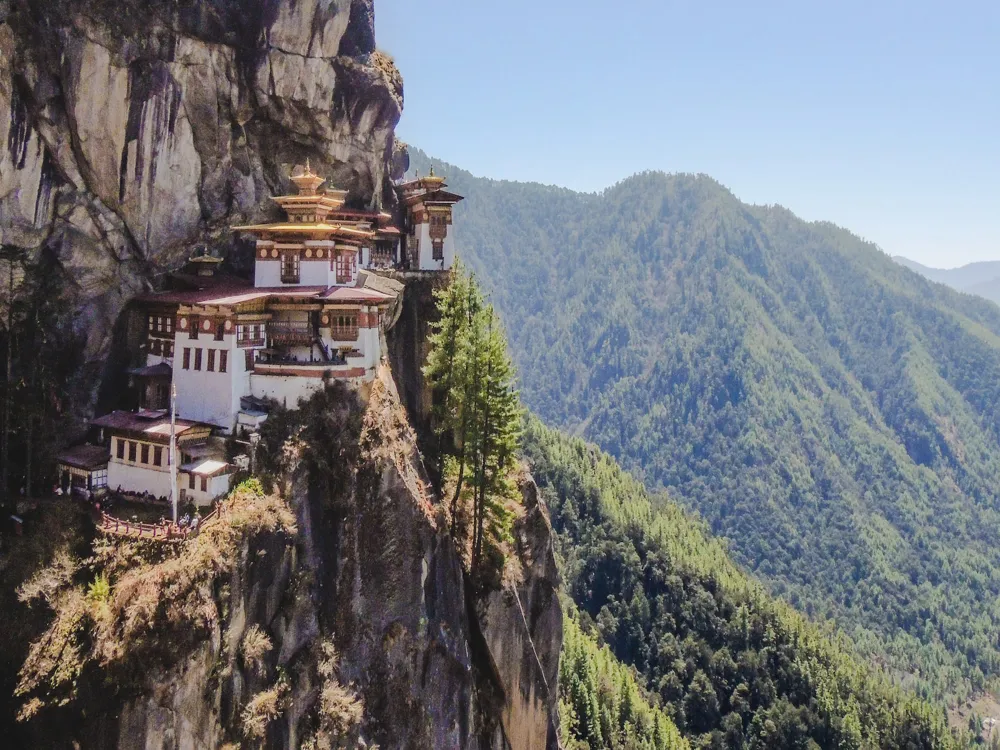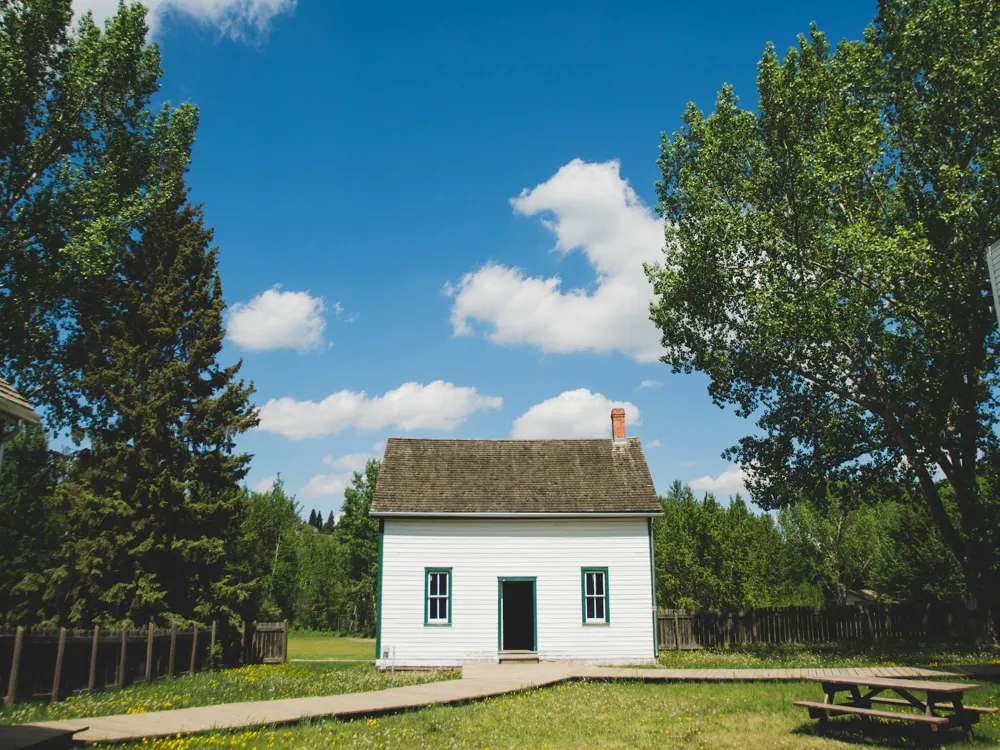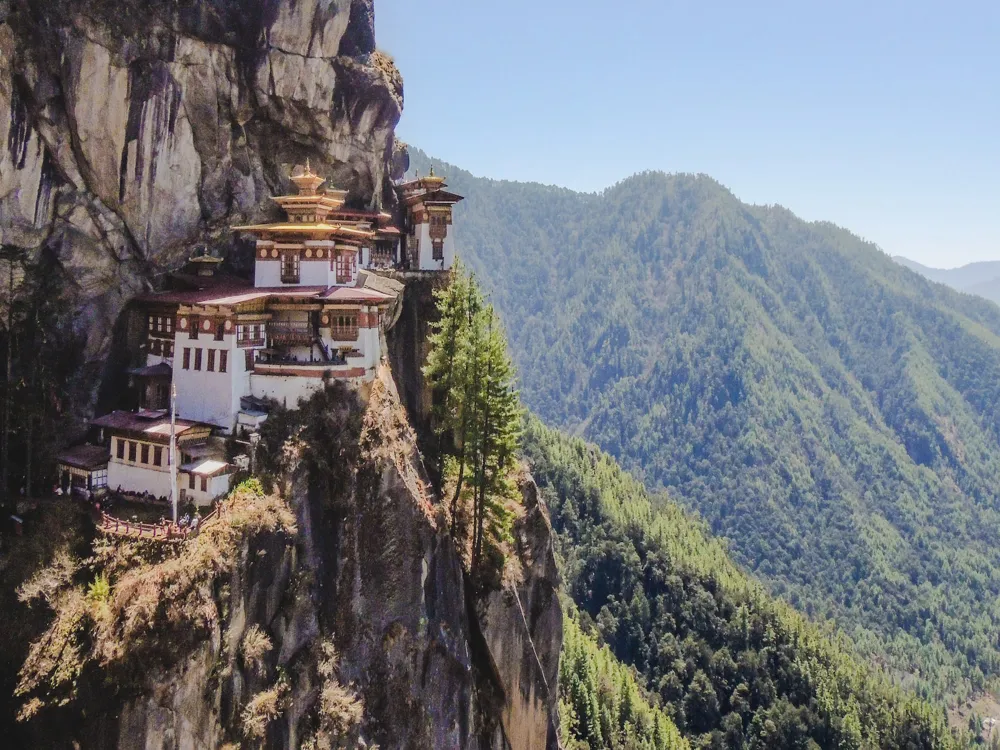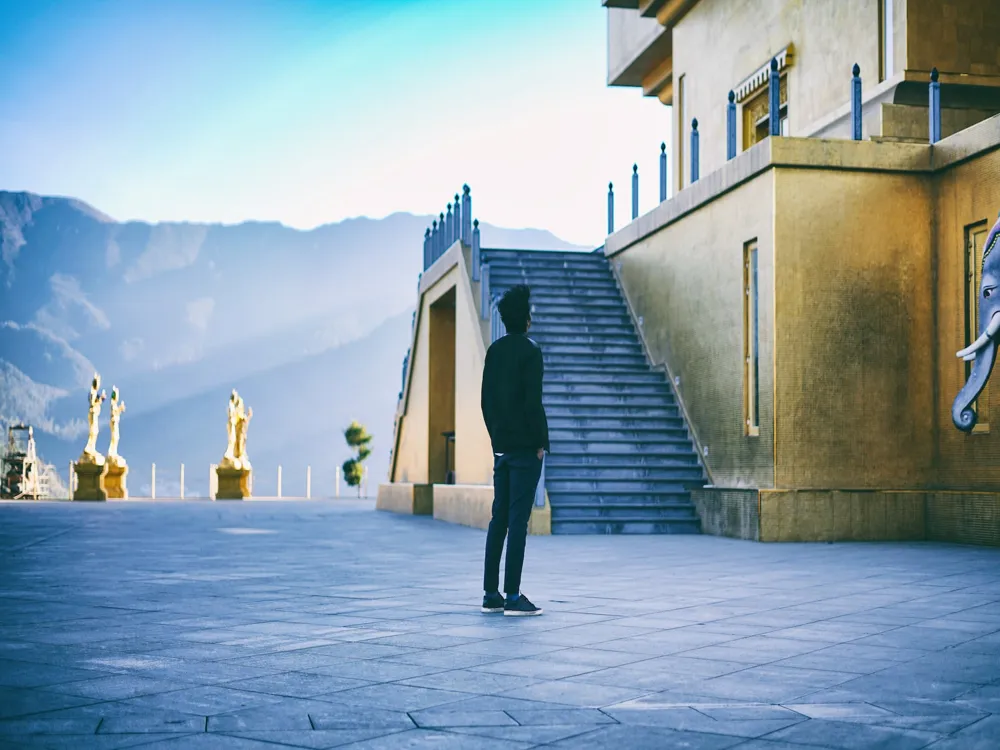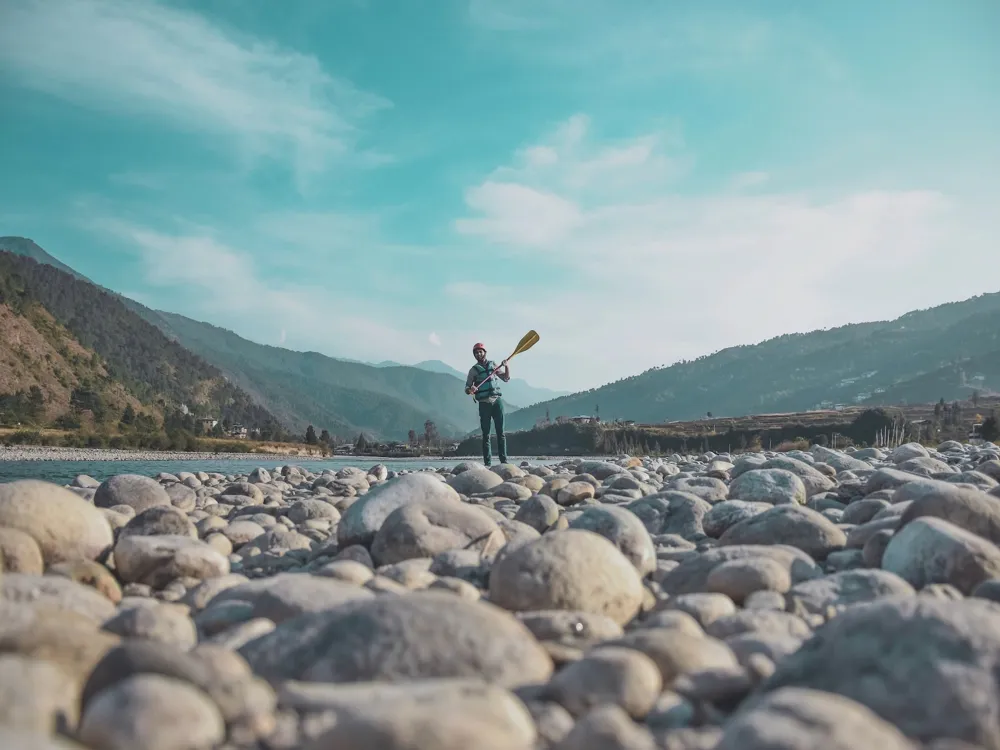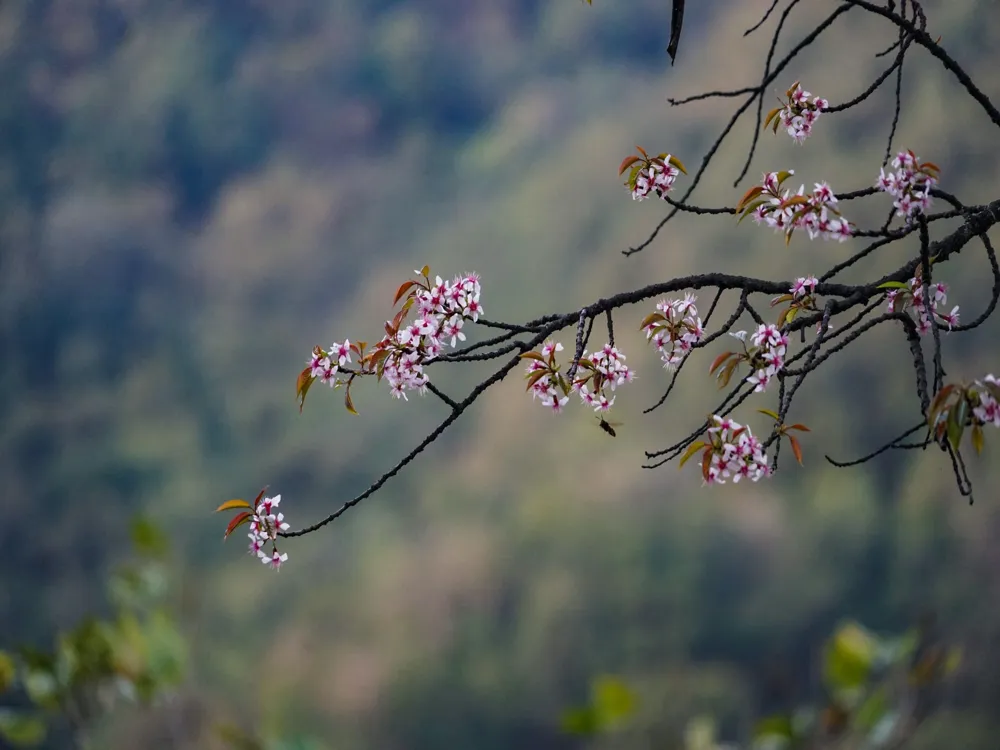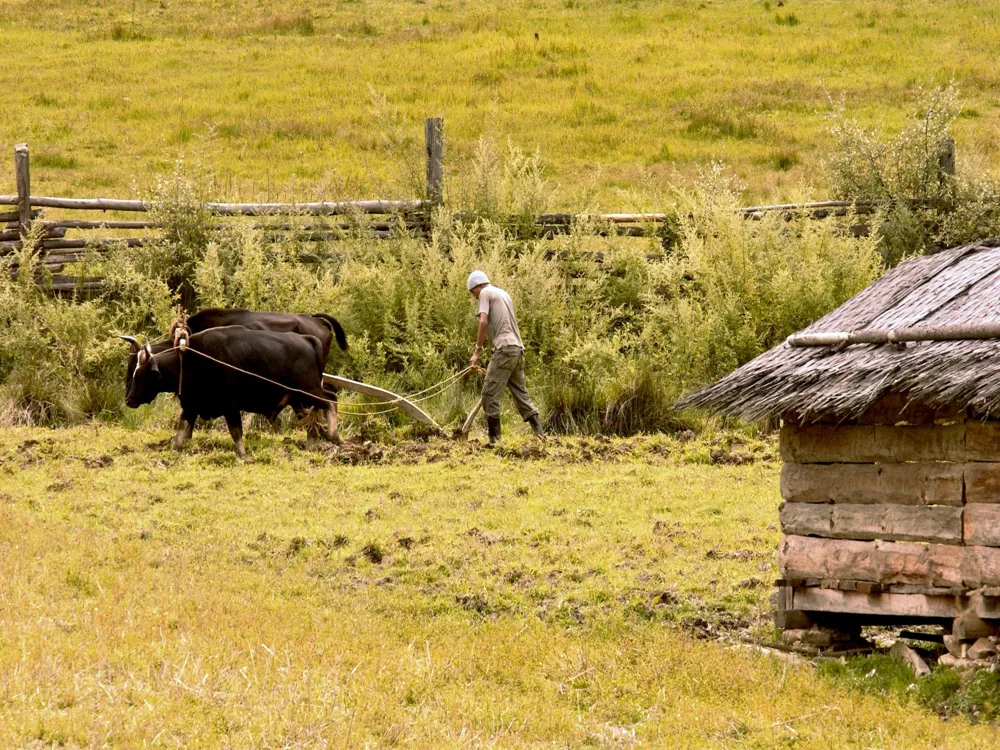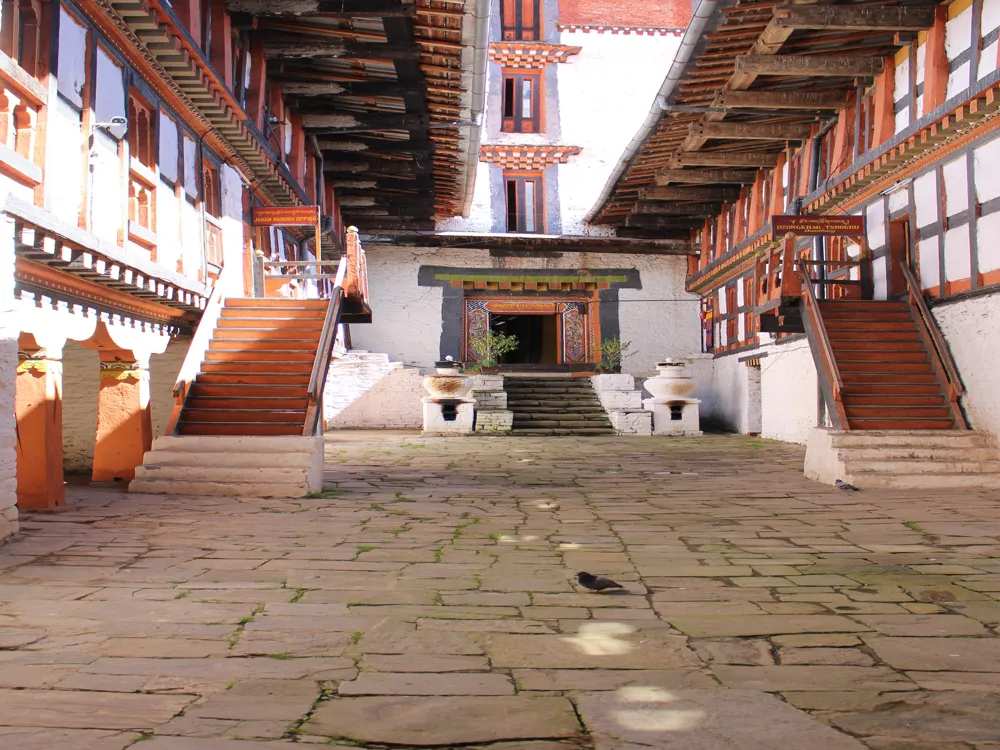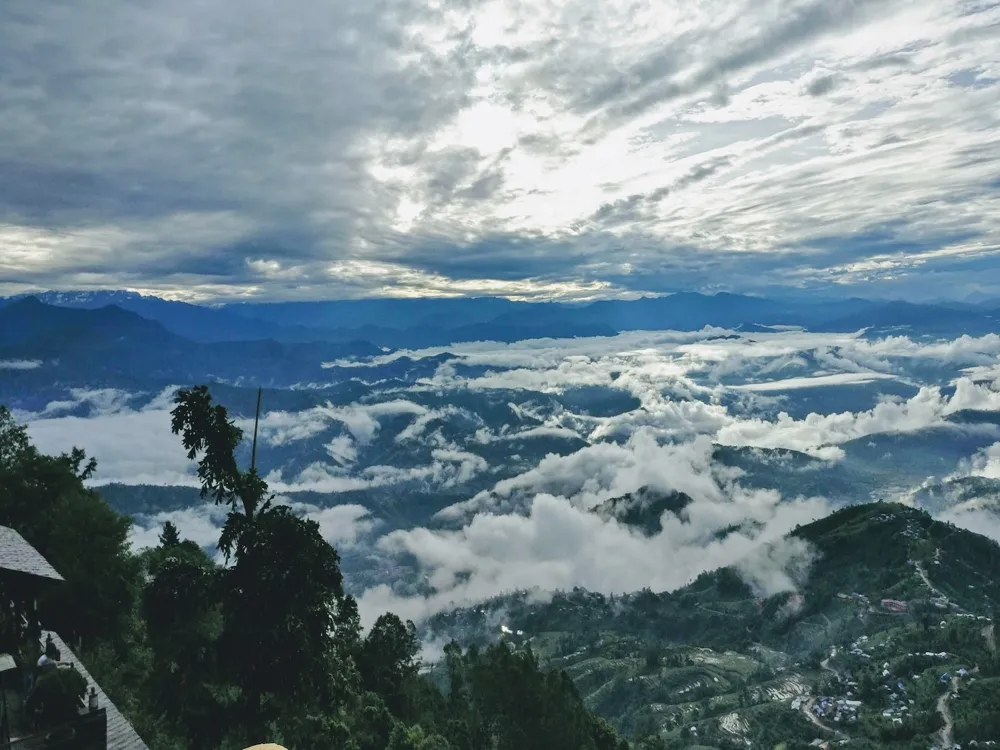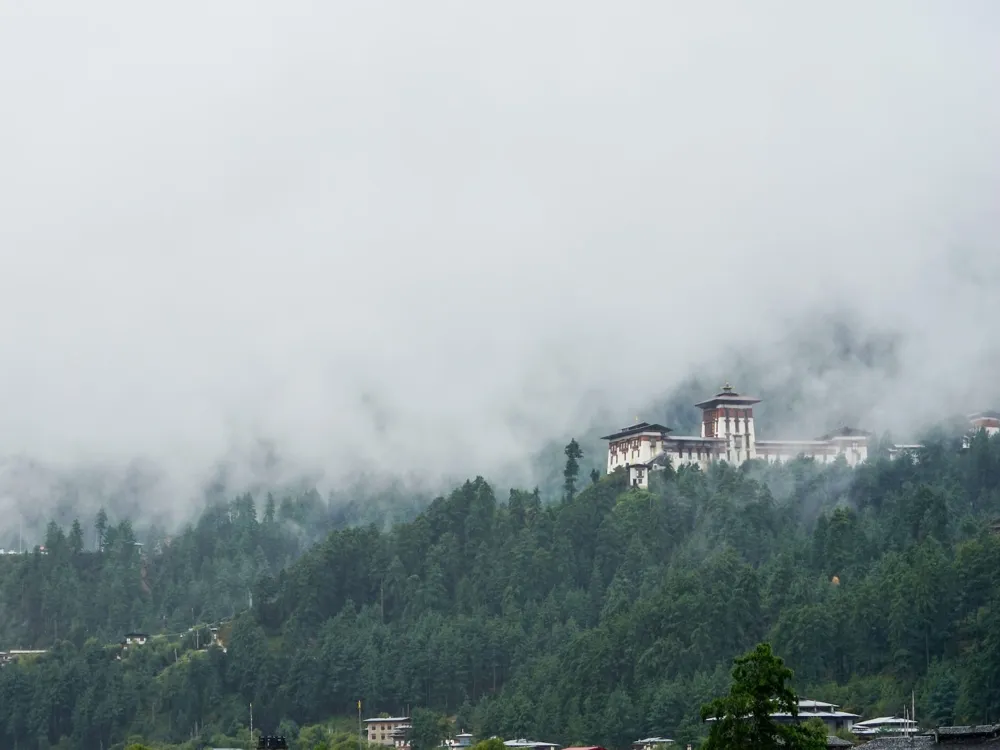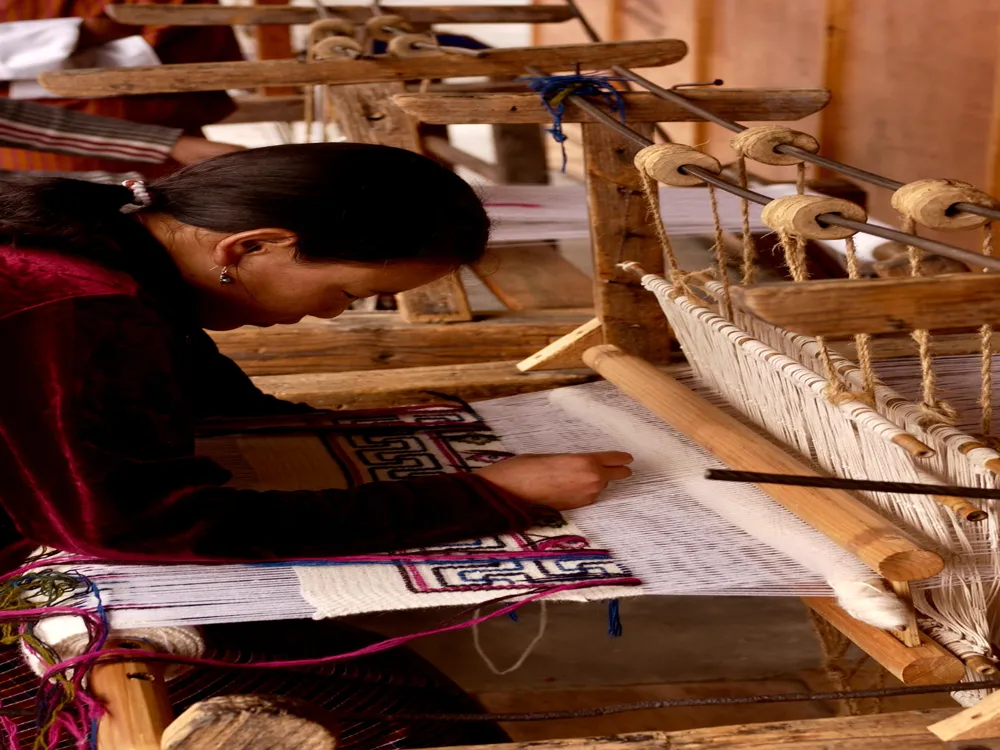Nestled in the serene valley of Paro in Bhutan, Ugyen Pema Woedling Zangthopelri is a spiritual and architectural marvel. This sacred site, often shrouded in mist and mystery, is a significant center for Buddhist worship and meditation. It epitomizes the rich cultural heritage of Bhutan and stands as a testament to the country's deep-rooted religious traditions. The name 'Ugyen Pema Woedling Zangthopelri' itself evokes a sense of spiritual awakening, being closely associated with Guru Rinpoche, also known as Padmasambhava, who is revered for bringing Buddhism to Bhutan. The history of Ugyen Pema Woedling Zangthopelri is as fascinating as its architecture. According to legends, Guru Rinpoche flew to this site on the back of a tigress to subdue local demons, thereby laying the foundations for Buddhism in the region. Over the centuries, the site has become a place of pilgrimage, attracting thousands of devotees and tourists alike. The complex is not just a religious site but also a repository of Bhutanese culture, showcasing exquisite art, intricate murals, and a wide array of sacred artifacts. The spiritual significance of Ugyen Pema Woedling Zangthopelri is immense. It is considered a place of healing and reflection, where individuals can connect with their inner selves and seek blessings. The tranquil ambiance, coupled with the chanting of monks and the fragrance of incense, provides a perfect setting for meditation and spiritual introspection. Many visitors experience a profound sense of peace and enlightenment during their time here, making it a must-visit destination for those seeking spiritual growth. The architecture of Ugyen Pema Woedling Zangthopelri is a splendid representation of Bhutanese design, deeply rooted in Buddhist principles. The structure harmoniously blends with the natural landscape, reflecting the Bhutanese belief in the interconnectedness of nature and spirituality. The main temple stands majestically, adorned with traditional Bhutanese architectural elements like intricately carved wooden windows, colorful facades, and gilded roofs. Upon entering the complex, one is greeted by a series of courtyards and smaller temples, each with its unique significance and story. The courtyards are flanked by prayer wheels and walls inscribed with mantras, adding to the spiritual ambiance. The interior of the temple is a visual feast, with walls covered in thangkas and murals depicting various aspects of Buddhist mythology. The attention to detail in the artistry is astounding, with each painting and sculpture having a deep symbolic meaning. The use of vibrant colors is a hallmark of Bhutanese architecture, and Ugyen Pema Woedling Zangthopelri is no exception. Colors like red, gold, and blue are prominently used, each symbolizing different aspects of Buddhist philosophy. The intricate carvings and statues within the temple are made by local artisans, showcasing their exceptional craftsmanship. The temple’s design ensures a harmonious flow of energy, conducive to meditation and prayer, making it an architectural masterpiece that transcends mere aesthetics. Visitors should wear modest clothing that covers the shoulders and knees as a sign of respect for the religious nature of the site. It's important to maintain a quiet demeanor, avoid inappropriate behavior, and follow the local customs and rituals while inside the temple complex. While photography of the exterior is generally permitted, taking photos inside the temples may be restricted. Always ask for permission first. Consider hiring a local guide to gain deeper insights into the history and significance of the site. Guides can provide valuable context and narratives that enrich the experience. The temple has specific opening hours and may be closed on certain days or during religious ceremonies. It's advisable to check the schedule in advance. Ugyen Pema Woedling Zangthopelri is accessible from Paro, the nearest major town. Visitors can reach Paro by air, as it hosts the only international airport in Bhutan. From Paro, the temple is a short drive away and can be reached by taxi or hired vehicle. For those who prefer a more scenic route, a trek through the lush valleys and mountains offers a breathtaking approach to the temple. The journey, regardless of the mode of transportation, is an integral part of the experience, offering stunning views of Bhutan's natural beauty. Read More:Overview of Ugyen Pema Woedling Zangthopelri
Architecture of Ugyen Pema Woedling Zangthopelri
Tips When Visiting Ugyen Pema Woedling Zangthopelri
Dress Appropriately
Respect the Sanctity
Photography Guidelines
Guided Tours
Check Opening Hours
How To Reach Ugyen Pema Woedling Zangthopelri
Ugyen Pema Woedling Zangthopelri
Paro
₹ 19,500 onwards
View paro Packages
Weather :
Tags : Buddhist Temple
Timings : 6:00 AM - 11:00 AM; 2:00 PM - 5:00 PM
Entry Fee : No Entry Fee
Planning a Trip? Ask Your Question
Paro Travel Packages
View All Packages For Paro
Top Hotel Collections for Paro

Private Pool

Luxury Hotels

5-Star Hotels

Pet Friendly
Top Hotels Near Paro
Other Top Ranking Places In Paro
View All Places To Visit In paro
View paro Packages
Weather :
Tags : Buddhist Temple
Timings : 6:00 AM - 11:00 AM; 2:00 PM - 5:00 PM
Entry Fee : No Entry Fee
Planning a Trip? Ask Your Question
Paro Travel Packages
View All Packages For Paro
Top Hotel Collections for Paro

Private Pool

Luxury Hotels

5-Star Hotels

Pet Friendly







